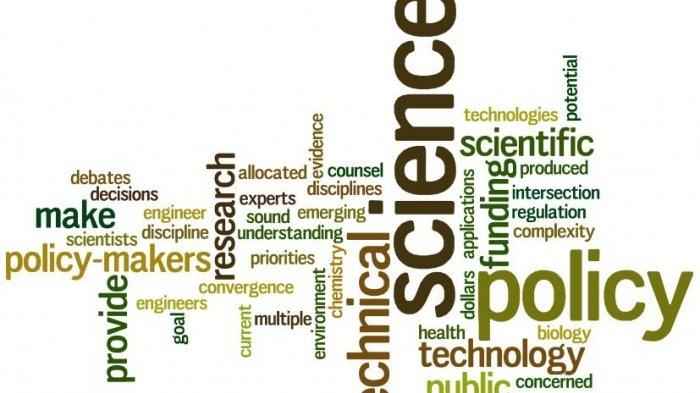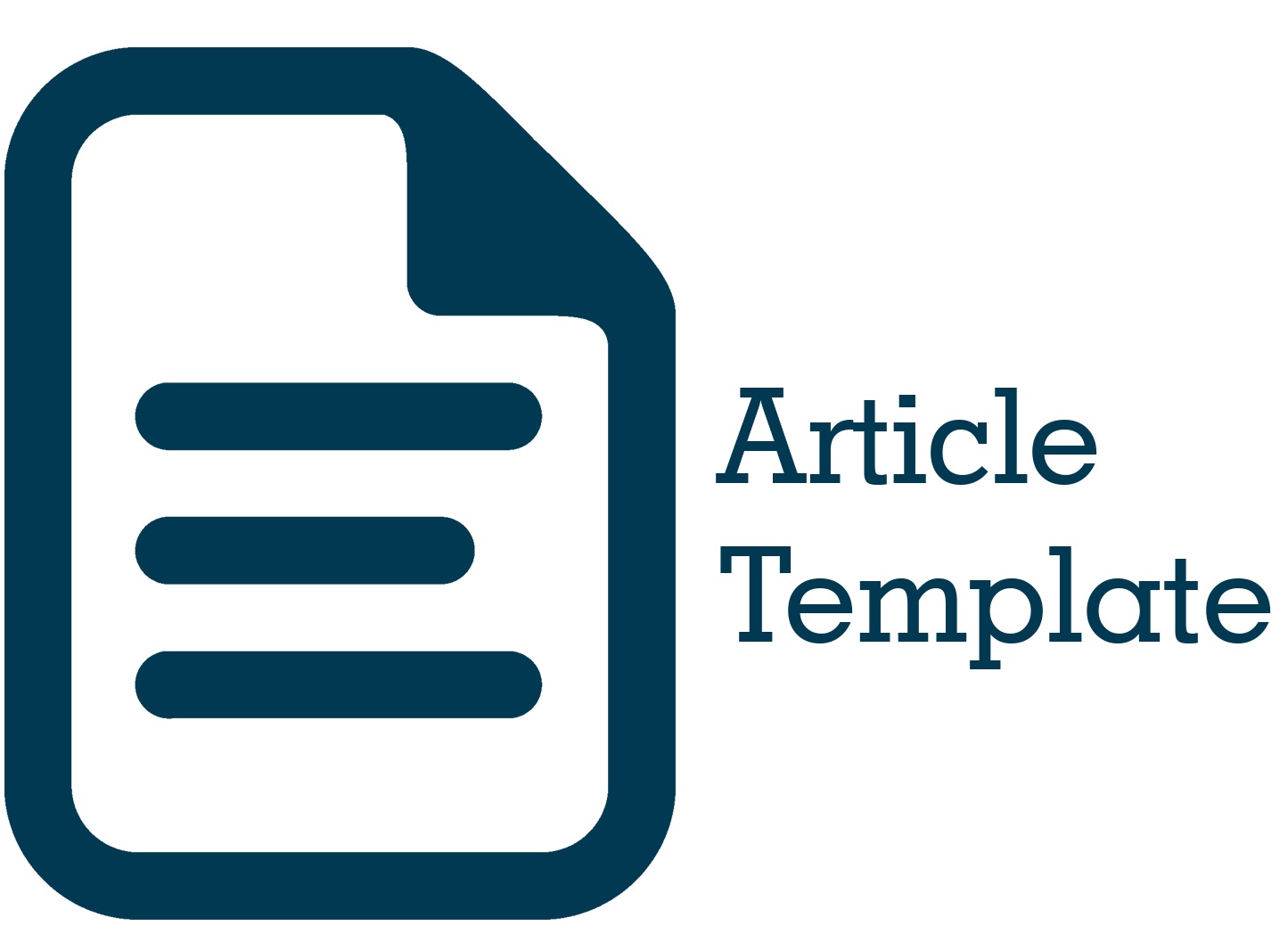Penerapan Model Asesmen Problem Based Learning dengan Pendekatan STEM Guna Melatih Kemampuan Berpikir Tingkat Tinggi
DOI:
https://doi.org/10.51135/PublicPolicy.v2.i1.p158-170Keywords:
Assessment Model, PjBL, STEM, High Order Thinking SkillAbstract
Assessment is an important part of the learning process because it helps teachers to design learning process according to students’ condition. The assessment developed should take notice to the learning model and approach used. Thus, it will accurately assess the achievements of students. This study has developed a PjBL assessment model using the STEM approach. Whereas, this study conducted based on the unavailability of the PjBL assessment model using the STEM approach. In this study, the experimental research type was applied which using the PjBL-STEM model treatment to students to practice high order thinking skill. The instrument used is the PjBL-STEM assessment tool which was equipped with written feedback and descriptive questions from the analysis level to the creative level. The research subjects were 35 students of grade VII at a schools in Ambon. The data analysis used is quantitative Descriptive which is strengthened by Qualitative. Moreover, the result shows that the assessment can train the thinking in the higher order thinking skill, on the other hand the improvement is not significant.
Downloads

Downloads
Published
How to Cite
Issue
Section
License
Authors whose manuscripts are published in the Journal of Public Policy must agree to the following terms;
- Publication rights for all manuscript materials published are held by the editorial board with the author's consent.
- The legal formalities for digital access to the Journal of Public Policy are subject to the Creative Commons Attribution Sharealike (CC BY SA) license, which means the Journal of Public Policy has the right to store, redistribute, reformat, manage in a database, maintain, and publish the manuscript without seeking permission from the author as long as the author's name is included as the copyright owner.
- Published manuscripts are open access for the purpose of disseminating research results. Besides this purpose, the editorial board is not responsible for copyright law violations.


.png)



